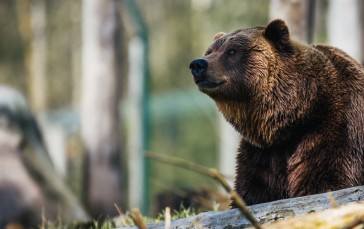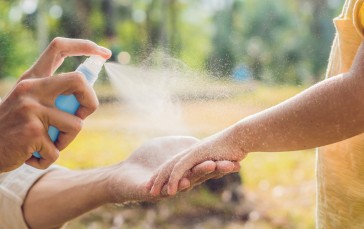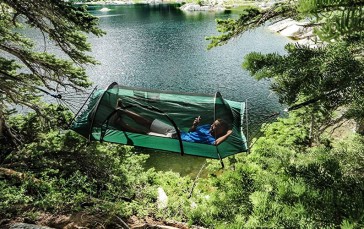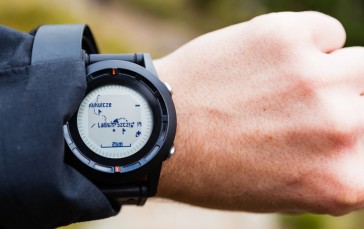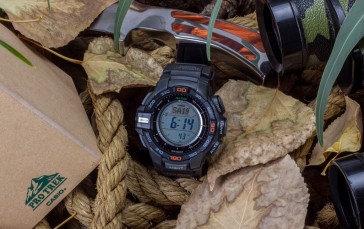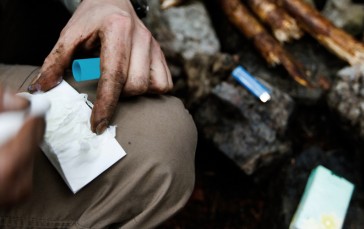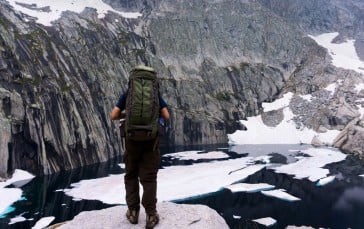Most Dangerous Animals
Sharks may star in bloody blockbusters, and crawly creatures such as spiders monopolize the phobia department, but there are many other ferocious beasts out there. Whether you’re planning an exotic trip or the most epic dive, here are 10 of the most dangerous animals in the world to stay away from.
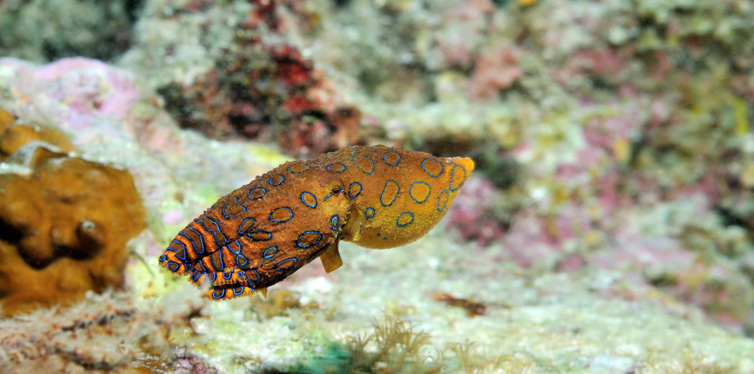
1. Blue-Ringed Octopus
Snorkeling or scuba diving in reef areas tops the vacation bucket list of many people. Admiring colorful underwater creatures is highly rewarding, but you should keep in mind that while underwater, you shouldn’t touch anything.
That’s because some of the deadliest animals on Earth live in the reef areas. Such as the blue-ringed octopus, a tiny colorful creature that populates reef areas in the Pacific and Indian oceans.
It is about the size of a golf ball, but it packs enough poison to kill a bunch of people in just a few minutes. And its bite is so painless you won’t even notice you’ve been attacked until your body goes numb and your muscles – including those you need for breathing – get paralyzed.
2. Brazilian Wondering Spider
As its name implies, this eight-legged crawler can be found in Brazil, but some of its equally poisonous cousins may live all over Central and South America, and some were even spotted in North America and Europe. A thing that makes trekking in forest areas a bit more worrying for some of us.
This large spider looking more or less like a tarantula wander in the forests at night actively hunting prey. If provoked – on purpose or accidentally – it’ll inject a cocktail of neurotoxins that cause hypothermia, convulsions, heart problems, a painful erection in men, and ultimately death if the antivenin is not administered on the dot.
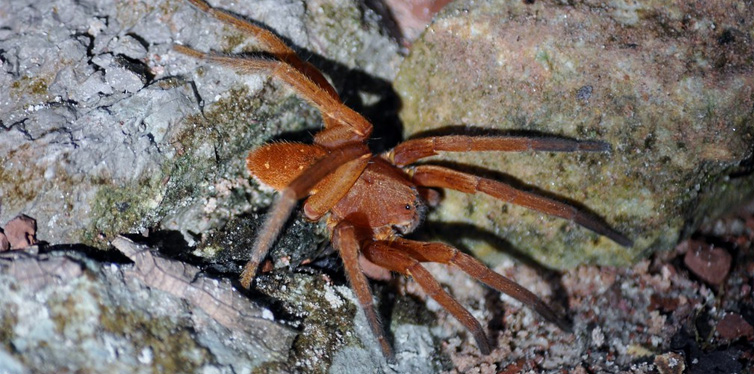
3. Tsetse Fly
In case you were planning a safari, know that one of the most dangerous animals in the world comes in the form of a small insect about the size of the average housefly. But it has a more intimidating name – the tsetse fly.
Commonly found in all sub-Saharan countries, this nasty bloodsucking bug can transmit the Trypanosomes parasites, the causative agent of African sleeping sickness.
This disease can cause behavioral and coordination changes as well as sleep disturbances, and it eventually leads to death if left untreated.
4. Golden Dart Frog
The golden dart frog is by far one of the cutest animals on Earth, but also one of the most dangerous.
It mostly lives in northern South America, in the rain forests along Colombia’s Pacific coast, and is roughly the size of a paper clip. Brightly colored and simply adorable to look at, it’s so poisonous that it could kill an adult man with only two micrograms of toxic cocktail.
Because the poison glands that make this amphibian so dangerous are located beneath its skin, a mere touch could cause serious trouble.
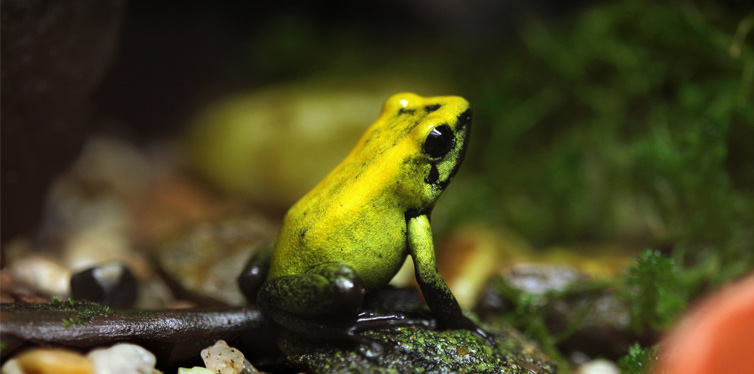
5. Cassowary Bird
The cassowary is an exotic species of birds that impress with their black feathers and bright blue head. It is native to the tropical forests of New Guinea, eastern Australia, and the Maluku Islands, and is the deadliest bird in the world.
This massive bird has strong talons and is incredibly powerful for its size. They usually wander freely on beaches and can enter people’s homes looking for food.
They’re so aggressive that they will attack if they don’t get fed. To understand how dangerous this killing machine is, just know that one time, a cassowary bird knocked down a man and sliced open his jugular vein in the blink of an eye.
6. Deathstalker Scorpion
Populating the desert areas in North Africa and the Middle East, the deathstalker scorpion joins the list of the tiniest but deadliest creatures in the world.
This tiny, four-inch scorpion doesn’t look too frightening, but its sting can cause your death. The toxic fluid injected builds up in your lungs until you completely stop breathing, so you should never adventure into the wild alone.
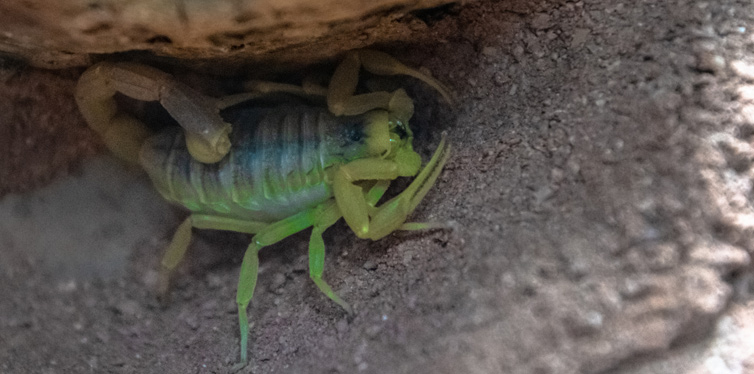
7. Stonefish
Those who love diving and snorkeling should also be wary of the stonefish. It’s one of the world’s ugliest and deadliest sea creatures and lives on the coasts of the entire Indo-Pacific region.
With its venom-filled spines, it can produce irreversible damage and stop a man’s heart in less than 24 hours.
8. Cone Snail
Inhabiting the warm tropical waters in the Caribbean, Indonesia, and Hawaii, the beautiful cone snail can be often spotted in shallow depths, near the coral reefs or beneath sandy shores.
However, you should never dare to touch these gastropods. When it feels threatened, the cone snail injects a complex venom that has no antidote.
The toxins contained in this venom can interrupt nerve cells communication and lead to paralysis within moments. You’ll have about the time to smoke a cigarette before you die, but considering you’ll most likely be underwater, the prognosis is rather grim.
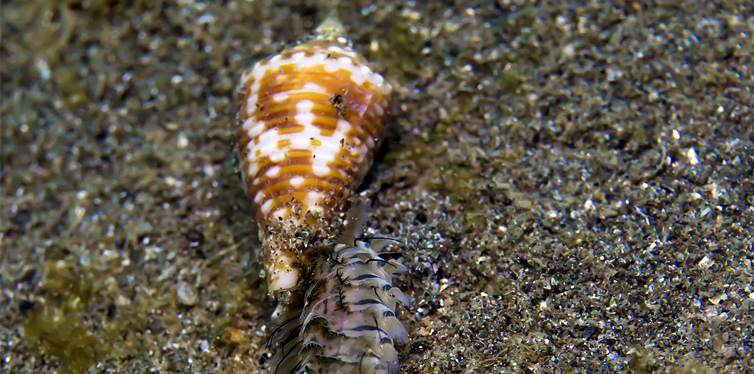
9. Cape Buffalo
One of the largest herbivores in sub-Saharan Africa, the Cape buffalo is a relatively mild species that doesn’t really do harm if left alone. Its favorite thing is to travel in massive herds and graze in early morning or late afternoon.
You can often spot these cute buffalos gathering around water holes, and they look really serene until one from the herd or its calf is wounded or threatened.
If that happens, the Cape buffalo becomes what is nicknamed the black death and is responsible for killing more hunters than any other creature on the continent. Not only they can reach speeds of up to 35 miles per hour, but these deadly behemoths are not at all intimidated by vehicles.
For your own safety, you should only admire them from afar and refrain from snapping that Insta-perfect shot near the herd.
10. Hyenas
Perhaps not the deadliest but undeniably the cruelest, hyenas end up our list of the most dangerous animals in the world.
They attack in clans and provide the worst way to die according to animal expert Gordon Grice.
These creatures never bother to kill their food and will just tear off your skin and flesh while you’re still breathing. Since there are various species of hyenas, you can find them in savannah, deserts, forests, and mountains either in Africa, Asia, Siberia, and even in North America.
So, no matter where you go, you should always pay attention to your surroundings to avoid putting yourself in dangerous and potentially life-threatening situations.


